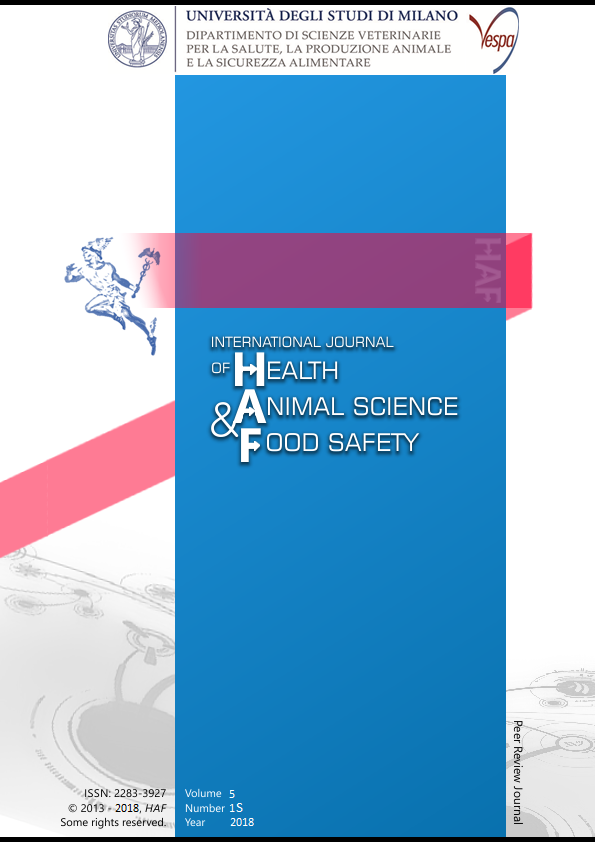Abstract
Quadriceps contracture is a debilitating and uncommon condition, mostly affecting young dogs. Itcan be congenital or acquired ) and is reported to induce muscular hypotrophy/fibrosis, progressive degenerative joint disease, bone hypoplasia and limb hyperextension. The aim of this study was to elucidate anatomic, tomographic and biomechanical features of stifles affected by quadriceps contracture.
Seven 2-month-old dead Dobermann Pinschers with unilateral quadriceps contracture were included. Before gross anatomic evaluation, all stifles underwent Computed Tomography before and after intra-articular administration of iodinated contrast medium. Images were acquired in double positioning (stifle extension and flexion) to identify articular cartilage, Ossification Centres’ (OCs) and menisci abnormalities, which were compared between affected and unaffected limbs.
In all affected limbs the stifle was back-turned, the distal femur was extra-rotated and the patella was luxated proximo-medially. Severe lack of physiological stifle movements (rolling, gliding, spinning) was observed, so that affected joints could not be flexed. The articular cartilage of the femur was flattened and irregular in thickness, the femoral trochlea was hypoplasic and sloping, the menisci were misshaped. The OC of the distal femur and proximal tibia were misshaped; the tibial plateau was oriented caudodorsally-cranioventrally and significantly smaller (P<0,05).
Quadriceps contracture influenced stifle development. The action of quadriceps insertion on the tibia prevented normal development of the plateau, causing wedging and abnormal orientation. Constant compression also induced external rotation of the distal femur (unable to develop distally) and patellar luxation, ending up in genu recurvatum. Static compression was likely responsible for femoral trochlea hypoplasia, articular cartilage and meniscal deformation, due to the lack of physiological stifle movements.
Quadriceps contracture induces severe alterations of stifle development in affected puppies. Histology, histochemistry and immunohistochemistry may better define the nature of such bone, cartilage and meniscal alterations.
Riferimenti bibliografici
Bardet, J.F., Hohn, R.B., 1983. Quadriceps contracture in dogs. Journal of the American Veterinary Medical Association Sep;183(6):680-685.
Bardet, J.F., Hohn, R.B., 1984. Subluxation of the hip joint and bone hypoplasia associated with quadriceps contracture in young dogs. Journal of the American Animal Hospital Association May/Jun;20(3):421-428.
Leighton, R.L., 1981. Quadriceps contracture (ischemic contracture of the quadriceps), in Bojrab M (ed): Pathophysiology in Small Animal Surgery. Philadelphia, Lea and Febiger, pp550-552.
Samii, V.F., Dyce, J., 2004. Computed tomographic arthrography of the normal canine stifle. Veterinary Radiology&Ultrasound 45:402–406.
Stead., A.C., Camburn, M.A., Gunn, H.M., Kirk, E.J., 1977 Congenital hindlimb rigidity in a dog. Journal of Small Animal Practice 18:39-46.
This work is licensed under a CC BY-SA 4.0 international

